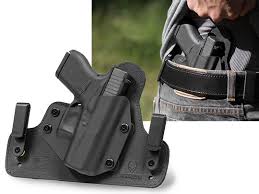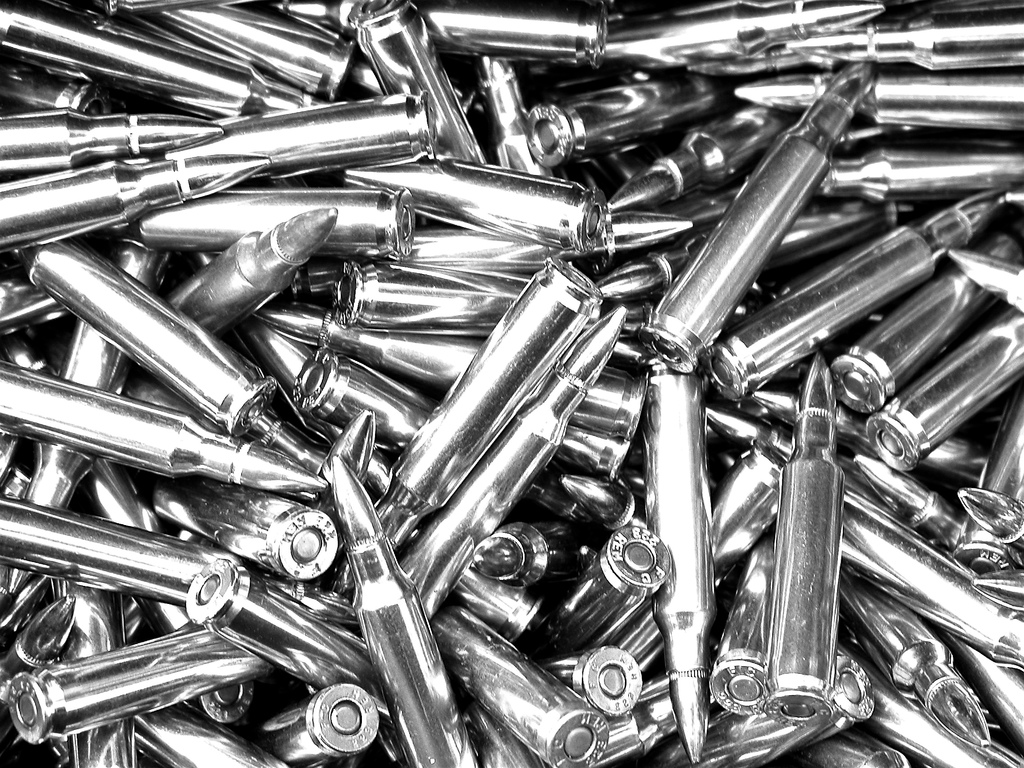What do both these terms mean? What is the difference between cover and concealment?
Cover are those objects or locations that should be able to stop most bullets from travelling through. For example, a solid concrete wall, a large steel dumpster, the engine block of a large truck. Think of any heavy item that could stop a car then it should stop a bullet.
Concealment, however, is not the spot you want to be when bullets begin to fly. Concealment does not stop bullets. Those bullets will pass through and have the potential to hit you. Some examples include hollow core wooden doors, wooden fences, plastic garbage cans. All that concealment does is hide you from sight. Keep in mind that all cover is concealment, since it hides you from both bullets and from sight, but not all concealment is cover.
So how do you determine the difference between cover and concealment? Sometimes it just comes down to common sense. Knowing what the item is made of or what’s inside that item. In an office setting, sheetrock walls and fabric cube walls would be concealment. These are things that will not stop the bullets and allow them to pass right through.
Part of situational awareness is recognizing potential cover if a gunfight were to break out during your normal daily activity. Don’t wait until the shots are fired to determine what’s worthy of hiding behind.
When taking firearms training classes, you’ll hear the instructor say “Move to cover.” It’s to keep you thinking that if a fight erupts around you, you want to get to cover before returning fire. Standing out in the open is a great way to get yourself shot.
Do some research and find a training course near you that you can attend which will help you prepare for a gunfight if your ever thrown into that mix.



